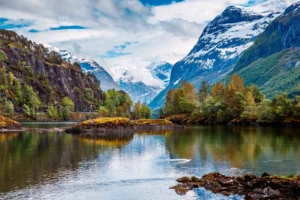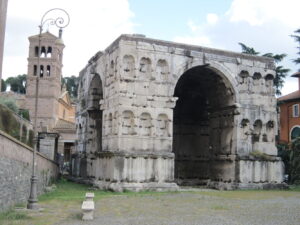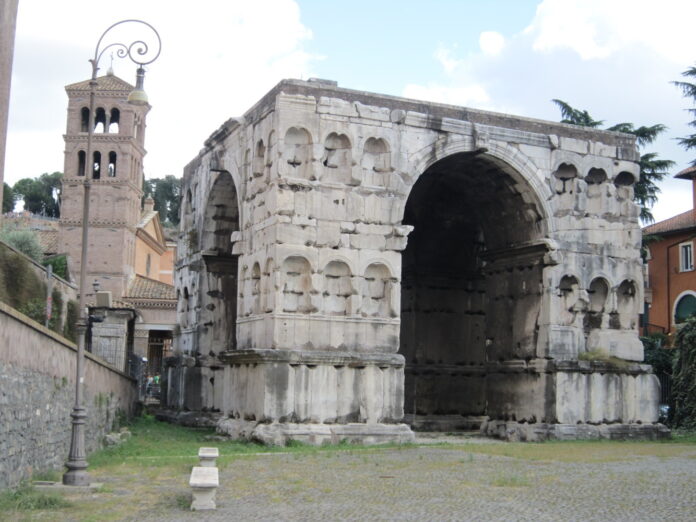
In an increasingly globalized world, our cultural heritage is facing unprecedented threats. From environmental degradation to urban expansion, many of the world’s most treasured cultural heritage sites are at risk. This article explores these endangered sites and offers actionable steps we can take to ensure their preservation for future generations.
Understanding the Threats
1. Environmental Factors
Climate change is one of the most significant threats to cultural heritage sites. Rising temperatures, increased frequency of extreme weather events, and sea-level rise can cause irreparable damage. For instance, the ancient city of Venice faces frequent flooding, jeopardizing its historic buildings and canals. Similarly, the Great Barrier Reef, while not a cultural site per se, provides invaluable insights into marine cultural heritage that are threatened by coral bleaching.
2. Urbanization and Development
As cities expand, many cultural heritage sites are overshadowed by modern infrastructure. Historic neighborhoods are often demolished to make way for new developments, as seen in cities like Cairo, where historic sites are being replaced by new construction projects. This rapid urbanization not only erodes the physical sites but also disrupts the cultural continuity of communities.
3. Conflict and Vandalism
Political instability and armed conflict can lead to the destruction of cultural heritage. The recent destruction of Palmyra in Syria by ISIS highlighted the vulnerability of these sites during times of war. Vandalism and looting also pose significant risks, as artifacts are stolen and sites are defaced, depriving communities of their historical legacy.
Iconic Endangered Sites
1. Angkor Wat, Cambodia
Angkor Wat, the largest religious monument in the world, is facing challenges from both natural and human-induced factors. The site’s ancient sandstone is eroding due to climate conditions and over-tourism. Conservation efforts are underway, but maintaining the balance between preserving the site and accommodating visitors remains a challenge.
2. Machu Picchu, Peru
Machu Picchu, the famed Incan city, is at risk due to the impact of mass tourism and climate change. Increased rainfall has led to soil erosion, while the high number of visitors strains the site’s infrastructure. Efforts to regulate tourism and implement conservation measures are crucial for its preservation.
3. Petra, Jordan
Petra, known for its rock-cut architecture, is threatened by natural erosion and the effects of tourism. Sandstorms and heavy rains contribute to the gradual wearing away of its structures. Conservationists are working on measures to protect and restore Petra’s unique heritage.
Steps for Preservation
1. Support Conservation Organizations
Several organizations are dedicated to preserving cultural heritage sites. Supporting these organizations through donations or volunteering can make a significant difference. Groups like UNESCO and the Global Heritage Fund are at the forefront of these efforts, working to protect and restore endangered sites worldwide.
2. Advocate for Sustainable Tourism
Tourism can be a double-edged sword for cultural heritage sites. While it brings attention and funding, it can also lead to overuse and degradation. Advocating for sustainable tourism practices, such as limiting visitor numbers and promoting eco-friendly practices, helps balance tourism with conservation.
3. Engage in Community-Based Preservation
Local communities play a crucial role in the preservation of cultural heritage. Engaging with and supporting local efforts ensures that preservation practices are culturally appropriate and effective. Community-based initiatives often focus on educating locals about the value of their heritage and involving them in conservation activities.
4. Implement Technological Solutions
Advancements in technology offer new tools for preserving cultural heritage. Digital archiving, 3D scanning, and virtual reality can help document and protect sites from damage. These technologies allow for the creation of detailed records and virtual experiences that can be used for educational purposes and further conservation.
Conclusion
Preserving the world’s most endangered cultural heritage sites requires a multifaceted approach. By understanding the threats, supporting conservation efforts, advocating for sustainable practices, and leveraging technology, we can contribute to the protection of these invaluable treasures. It is a collective responsibility to ensure that future generations can experience and learn from the rich cultural history that defines our world.




